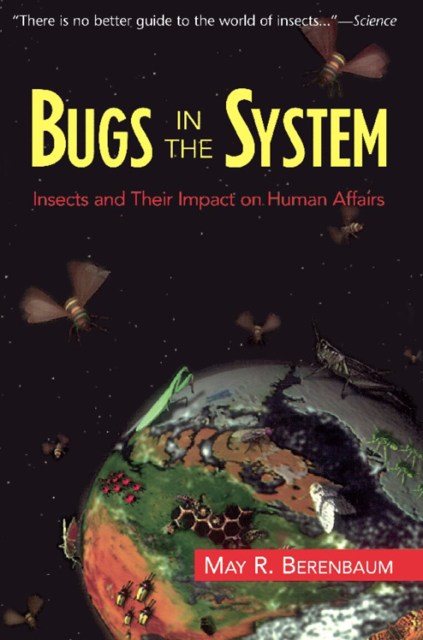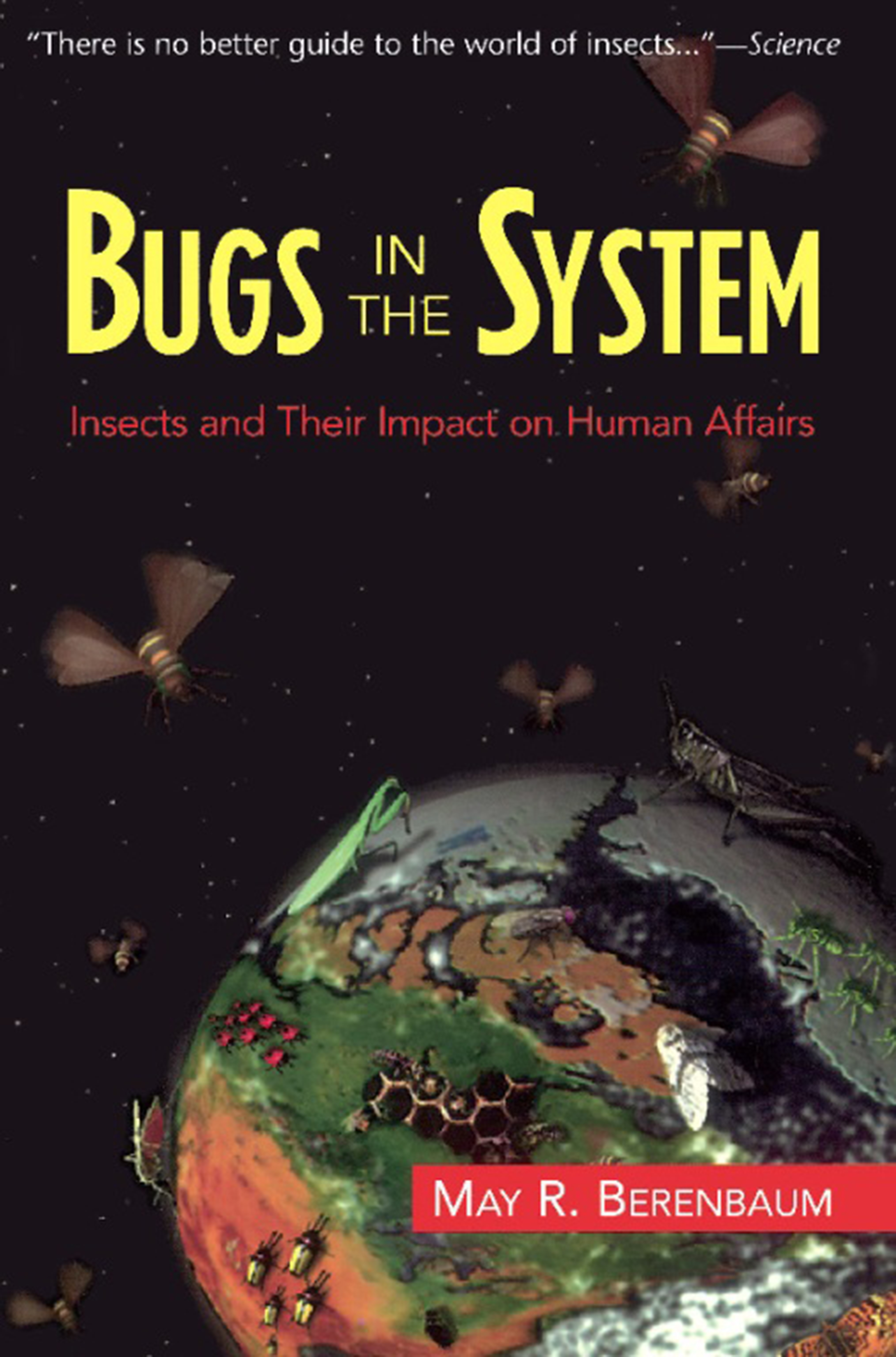Promotion
Use code MOM24 for 20% off site wide + free shipping over $45
Bugs In The System
Insects And Their Impact On Human Affairs
Contributors
Formats and Prices
Price
$13.99Price
$17.99 CADFormat
Format:
- ebook $13.99 $17.99 CAD
- Trade Paperback $21.99 $28.99 CAD
This item is a preorder. Your payment method will be charged immediately, and the product is expected to ship on or around June 18, 1996. This date is subject to change due to shipping delays beyond our control.
Also available from:
An introduction to insect physiology, genetics and behaviour which looks at the interaction between humans and insects, and explores both the positive and negative aspects of the relationship.
Genre:
- On Sale
- Jun 18, 1996
- Page Count
- 400 pages
- Publisher
- Basic Books
- ISBN-13
- 9780465024452
Newsletter Signup
By clicking ‘Sign Up,’ I acknowledge that I have read and agree to Hachette Book Group’s Privacy Policy and Terms of Use







